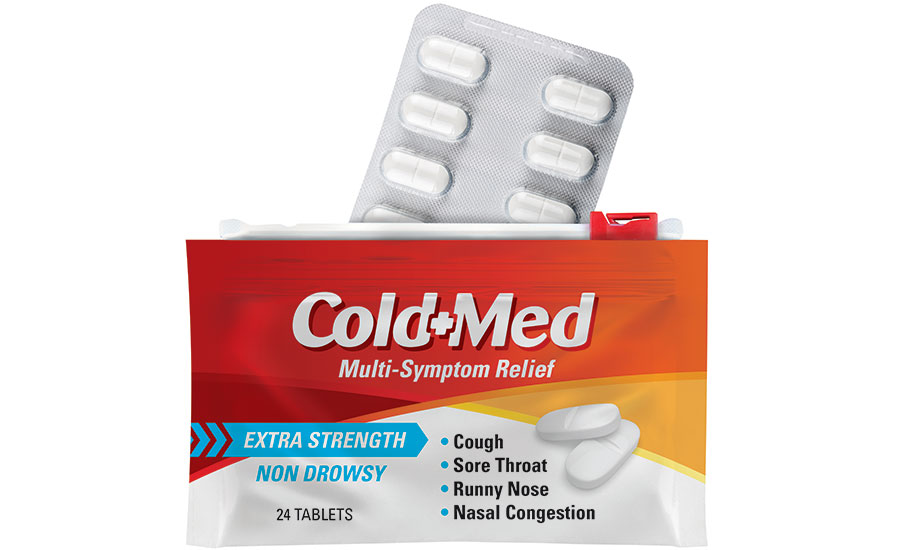The American Medical Association (AMA) has called for a ban on consumer TV advertisements for prescription drugs. Anyone with toenail fungus has either talked to their doctor about it or is not bothered by any symptoms. Regardless, millions of viewers of the Superbowl watched a celebrity step out of a limo and heard Mario Lopez, Jr., television host and actor, highlight the need to fight her toenail fungus. The ad has had more than 2,000 TV airings. The AMA, which represents more than 200,000 physicians in every state, said the growing proliferation of ads is driving demand for expensive drugs. Here are six reasons why the ban should be implemented:
-
Direct to consumer advertising is not needed, but the pharmaceutical industry increased ad spending by 30% in the last two years to nearly $5 billion. Consumers know how to search excellent health-related web sites such as WedMD and find understandable information about diagnoses, treatments, side effects and preventive measures. They can be well prepared to discuss further with their doctor.
-
Advertising can create artificial demand. The people in the ads are professional actors and they know exactly how to create an image of certain lifestyles and illnesses. Watching the ads over and over can lead to psychosomatic effects in consumers. They may conclude they may have a disease and demand the drugs which can help them achieve the lifestyle they see on TV.
-
The TV ads are inappropriate. They portray an image to children and young adults the only way to have a happy life in later years is to take drugs. Seniors may be led to worry unnecessarily about a condition they may not have.
-
The AMA said that direct-to-consumer advertising inflates demand for new and more expensive drugs, even when lower priced alternatives may be available and equally effective.
-
The biggest problem in the American healthcare system is the high cost. Taxpayers are subsidizing the cost of TV advertising because it is a tax-deductible expense. Many other expenses are not tax deductible because the IRS considers them unnecessary to the conduct of business. The pharmaceutical industry has convinced members of Congress that consumers need to hear the message about new drugs directly from the manufacturers.
- The U.S. and New Zealand are the only two developed countries that allow direct-to-consumer advertising of prescription drugs. Many European and Asian countries have excellent healthcare systems at a per capita cost 50-80% of what the U.S. spends.
Pharmaceutical research to create ‘wonder drugs’ is expensive and risky, and many drugs do not make it to the market. Profit creates the incentive to take the risks and the return on investment for the drug industry deserves to be above average. However, it has become disproportional. Congress has given the industry a blank check to set prices. Consequently, the AMA has called for review of the industry merger and acquisition activity, highlighting of anticompetitive behavior, and the ban of direct-to-consumer TV advertising. Now the question is whether the AMA recommendation will get implemented.


